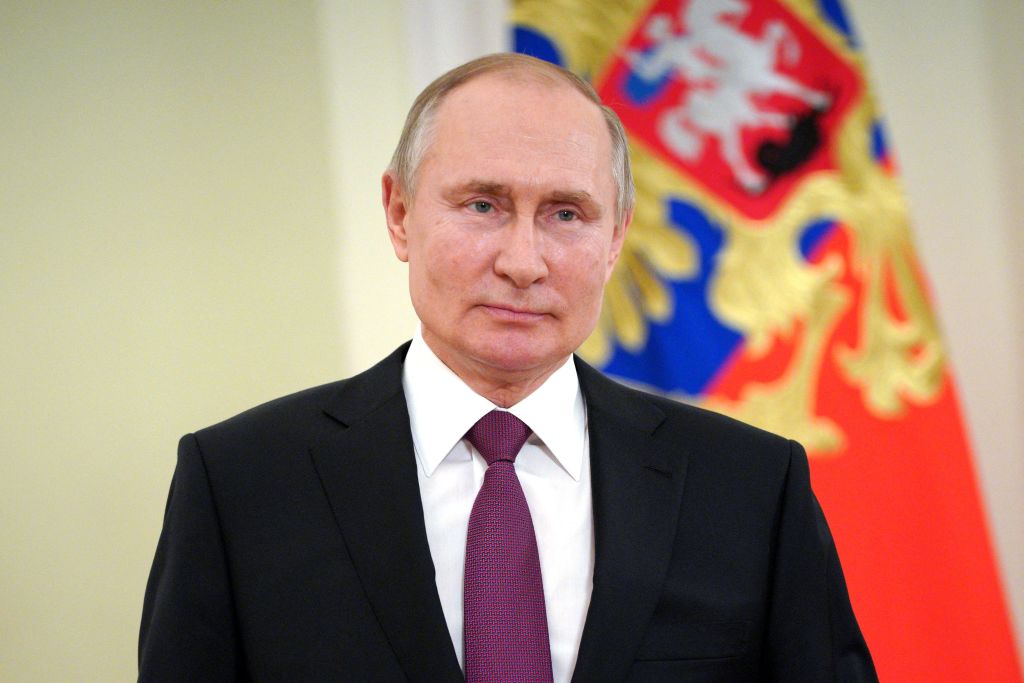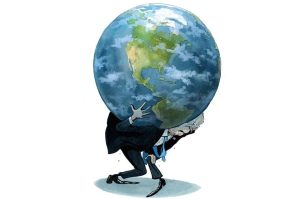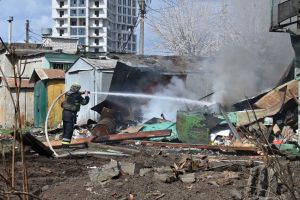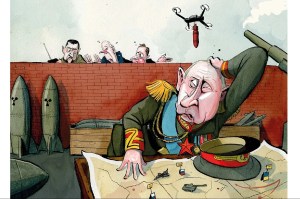Russian heavy armor is on the move, and Moscow is making no move to hide it. Is this the prelude to a new upsurge in fighting in southeastern Ukraine, or especially brutal saber-rattling? The problem is that we don’t know — and this challenges our usual responses.
The war in the Donbass — neither civil war nor straightforward foreign intervention, but a messy and toxic mix of the two — has tended to flare up at the end of winter. As thick spring thaw mud begins to dry, campaign season begins.
Politically, it already has. Ukrainian president Volodymyr Zelensky, both on its own merits and also, presumably, because his poll ratings had slumped, had turned on opposition politician and self-proclaimed ‘personal friend’ of Vladimir Putin, Viktor Medvedchuk. He and his wife were put under sanctions, and three TV channels he owned were blocked.
Meanwhile, Ukrainian forces along the ‘line of contact’ dividing government-held and rebel territories were reinforced. Kyiv considered this prudent as spring neared; Moscow, needless to say, painted this as provocation and suggested there would be consequences.
And the troops began moving. So far perhaps 20,000 additional Russian troops have moved into Crimea or close to the Ukrainian border.
Of course, the reason we know about all this is that Moscow isn’t even pretending to be subtle about it. Smartphone photos and videos abound of long trains laden with tanks, and the Kremlin even retrospectively invented military exercises in a ruse so transparent as almost to be a smirking invitation to pay attention to the troop movements.
Is this the prelude to a full-scale military offensive against Ukraine? This has long been the fear, but 20,000 troops are not enough to take on a Ukrainian army that has been modernizing effectively since 2014. It is certainly not enough to pacify occupied territories and hold them for the long term.
So is this just saber-rattling, of the sort in which Moscow indulges with annoying regularity? After all, it wants to underline to Kyiv that where it fields 20,000 today, it could field 200,000 troops in the future, and that while the West may offer training, kit and enthusiastic rhetoric, it is not about to send its soldiers to fight and die in Ukraine.
These, after all, are the two dilemmas. We do not know Moscow’s intent. Common sense would suggest that the military, economic and political costs rule out an offensive, but then again common sense said the same about Crimea in 2014. Of course, Crimea was a totally different case — a piece of land almost every Russian felt rightfully theirs and which was there for the taking — but it does mean we cannot be complacent.
Even more intractably: what can we do about it? In battlefield terms, not a lot. Washington is trying to signal support by mooting sending some warships to the Black Sea, but even when they get there, there is no likelihood that they would engage Russian forces.
Nor, however much Zelensky is pushing the idea, is there any chance of Ukraine joining Nato for years. Indeed, if anything this prospect might push the Kremlin to even more aggressive moves.
In the past, the West has responded to Russian faits accomplis, and it is a lot harder to get Moscow to back away than to deter it in the first place.
Instead, this is a time for the West to formulate serious consequences for Moscow if it launches a full offensive (which means more than just personal sanctions on a few officials and oligarchs). This should then be communicated quietly. We want the old men of the Kremlin to be considering the warning soberly, not feeling that this is a challenge to their machismo.
Of course, the likelihood is that all this is largely posturing. We will probably see another of the periodic flare-ups of skirmishes and artillery duels across the line of contact, but nothing worse.
But we don’t know. So, after seven years of responding to Russian adventurism after the event, in the hope of deterring the next, maybe it’s worth trying something different. After all, a package of measures ready to be enacted in case of significant Russian escalation is not just of use this spring, it could even have lasting effect.
This article was originally published on The Spectator’s UK website.


















